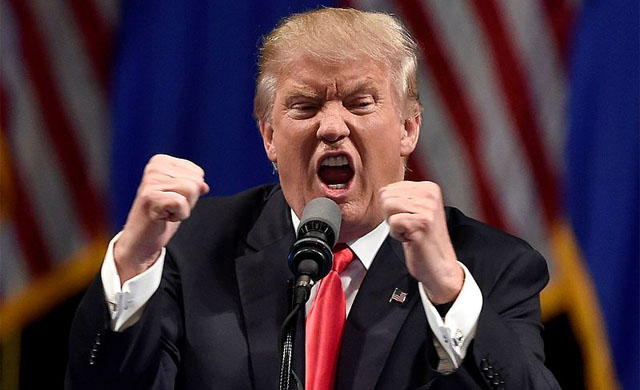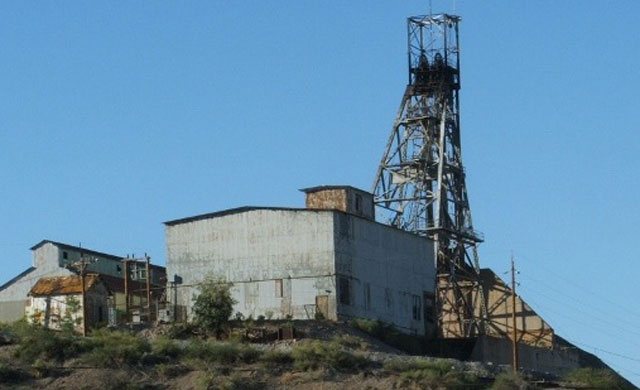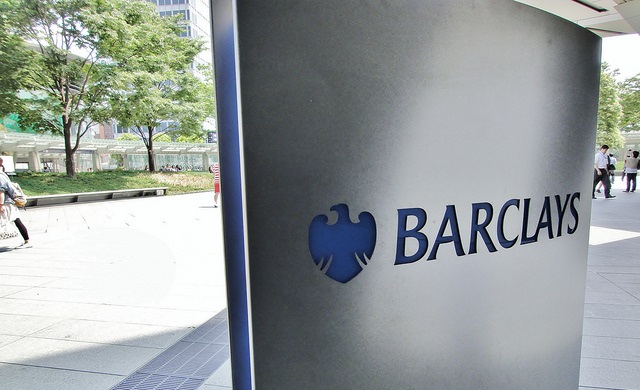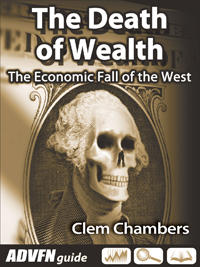What economists have been warning for months is starting to materialize: the New York Fed reported a jump in inflation expectations for next year, from 3.1% to 3.6%. Meanwhile, data from the University of Michigan shows an even bigger increase: expectations for next year have risen from 5.0% last month to 6.7% today.

This is not because the U.S. economy is suddenly picking up speed (on the contrary, the World Trade Organization cut its growth forecast for North America from 2% to just 0.4%) but because of the uncertainty generated by Trump’s tariffs. Regardless of how you look at it, they will likely put upward pressure on prices.
Here’s why: tariffs are essentially taxes on imports. Suppose you order a pair of sneakers in the UK while living in Spain: you’ll get a letter from customs asking you to pay import duties. That cost falls on you. If a company imports the product, those additional costs will be passed on to consumers through higher prices.
If foreign companies start to pull out of the U.S., domestic companies can take advantage of the opportunity: less competition = more pricing power. However, if companies decide to move production to the U.S., it involves a huge investment. These costs will eventually be passed on in the product’s final price.
Bottom line: whichever way you look at it, prices will rise. No wonder Jerome Powell is resisting Trump’s pressure to cut interest rates. The Fed cannot afford to ease policy if inflation expectations are rising. Still, this raises a question: why is the dollar falling if monetary policy is expected to remain tight for longer?
Some believe Trump deliberately weakens the dollar, as can be seen on the DXY chart, to support exporters. Others point to something more troubling: capital outflows and growing investor unease. There is a sense that Trump’s chaotic policies — especially on trade — are undermining financial confidence in the United States.
Why does this matter now?
Treasury Secretary Bessent and Commerce Secretary Latnik reportedly tried to convince Trump to suspend the latest round of tariffs. However, they ran into stiff resistance from Trump’s trade advisor and architect of the tariffs, Peter Navarro. If Navarro were removed from his post, it could be seen as a positive sign for markets.
Even without that, there is a growing sense that Trump himself may be beginning to recognize the economic risks and is quietly looking for a way to ease tensions before real damage is done.


 Hot Features
Hot Features













